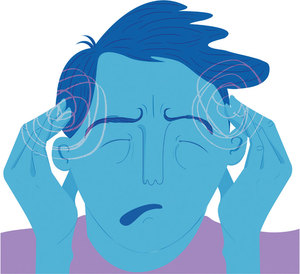By Jan Hoffman | The New York Times | April 28, 2014
In the image above, can you tell which expressions show real pain and which ones are feigned? A study found that human observers had no better than a 55 percent rate of success, even with training, while a computer was accurate about 85 percent of the time. (The answers: A. Fake. B. Real. C. Real.)
How well can computers interact with humans? Certainly computers play a mean game of chess, which requires strategy and logic, and “Jeopardy!,” in which they must process language to understand the clues read by Alex Trebek (and buzz in with the correct question).
But in recent years, scientists have striven for an even more complex goal: programming computers to read human facial expressions.
The practical applications could be profound. Computers could supplement or even replace lie detectors. They could be installed at border crossings and airport security checks. They could serve as diagnostic aids for doctors.
Researchers at the University of California, San Diego, have written software that not only detected whether a person’s face revealed genuine or faked pain, but did so far more accurately than human observers.
While other scientists have already refined a computer’s ability to identify nuances of smiles and grimaces, this may be the first time a computer has triumphed over humans at reading their own species. Continue reading »
 By Natasha Bray | Nature Reviews Neuroscience “Pain” | January 29, 2015
By Natasha Bray | Nature Reviews Neuroscience “Pain” | January 29, 2015




